Fascinating beings
Incredible beings like dinosaurs, anthropomorphic creatures, and magical entities have long captured the imagination of artists, storytellers, and creators. These fantastic creatures have transcended time and culture, evolving from ancient myths and fossil discoveries into some of the most compelling figures in modern digital art. Their presence in digital media represents a fusion of scientific curiosity, mythological wonder, and creative storytelling, each offering limitless potential for artistic expression.
Dinosaurs in Digital Art
Dinosaurs, once ancient rulers of the Earth, are among the most awe-inspiring creatures ever to walk the planet. These magnificent beings, reconstructed from fossilized bones, have become a staple in both educational and entertainment-based digital art. In the digital space, dinosaurs are often rendered with stunning scientific accuracy, using the latest paleontological research to inform their physical appearance and behavior. Digital artists rely on advanced 3D modeling software like ZBrush, Blender, and Maya to recreate these prehistoric titans, bringing to life species like Tyrannosaurus rex, Triceratops, and Velociraptors with hyper-realistic textures, scales, and movements.
More than scientific representations, dinosaurs in digital art have taken on a life of their own in popular culture. They have become central figures in video games like Jurassic World Evolution, where players manage dinosaur-filled parks, and in movies like Jurassic Park, where digital visual effects bring dinosaurs into modern times. Artists experiment with blending realism and fantasy, creating hybridized versions of dinosaurs—sometimes with robotic parts or magical enhancements, pushing the boundaries of imagination and speculation.
Anthropomorphic Creatures
Anthropomorphic beings—creatures that combine human traits with animal or fantastical elements—have a rich history in art, mythology, and literature, and their influence has exploded in the realm of digital art. Whether inspired by ancient gods like Egypt’s Anubis, hybrid creatures from medieval bestiaries, or modern fantasy and sci-fi worlds, these beings are the perfect embodiment of creativity and metaphor.
In digital art, anthropomorphic creatures are diverse and often reflect deep allegories or emotional narratives. Artists create beings that are part human, part animal, such as wolf-headed warriors, bird-like humanoids, or creatures with feline grace and human intelligence. These figures may inhabit surreal landscapes or act as protagonists in richly textured digital paintings, concept art, or animation. Popular genres like furry art celebrate these anthropomorphic characters in vibrant online communities, with detailed 3D models and high-quality digital illustrations capturing their every nuance.
Anthropomorphic creatures also play significant roles in video games, where they often serve as avatars, heroes, or antagonists. In games like The Elder Scrolls series, anthropomorphic races such as the Khajiit (cat people) or Argonians (lizard people) are beloved for their unique lore, cultural depth, and design. Digital artists craft these beings with elaborate backstories and distinctive aesthetics, blending aspects of human physiology with animal or mythical traits to create characters that are both familiar and otherworldly.
Magical Creatures
Magical creatures are a defining element of fantasy art and have a profound presence in digital media. These beings often embody the surreal, the otherworldly, and the supernatural, blending natural forms with enchantment to create awe-inspiring figures. From dragons and unicorns to elementals and spirits, magical creatures are brought to life in vivid detail, their impossible anatomies rendered plausible through sophisticated digital techniques.
Dragons, for instance, are a staple in fantasy art, and digital platforms allow artists to explore every aspect of their biology, from the texture of their scales to the glow of their fiery breath. Programs like Cinema 4D and Adobe After Effects enable artists to animate dragons in cinematic detail, giving them lifelike movement and texture. In the world of digital painting, platforms like Procreate and Photoshop are used to create dynamic illustrations of dragons soaring through enchanted skies, resting in hidden lairs, or battling heroes.
Similarly, creatures like unicorns, griffins, and phoenixes often represent purity, strength, and rebirth, and are rendered with ethereal beauty in digital art. These creatures are typically depicted in luminous environments, with intricate details on their feathers, fur, and magical auras. Digital techniques allow for unparalleled creativity when designing magical creatures—artists can experiment with lighting effects, transparency, and particle systems to give these beings an otherworldly glow or shimmering presence.
Elemental creatures—beings made of fire, water, earth, or air—are another popular theme in digital art, offering rich symbolism and visual complexity. Fire elementals, for example, might be depicted as swirling flames with humanoid forms, while water elementals could flow like rivers, their bodies constantly shifting between liquid and solid. These creatures often embody the forces of nature, and digital artists use dynamic simulations and shaders to create interactive environments where the magical and the natural coexist.
Influence of Digital Art Tools
The rise of digital art tools has allowed for unprecedented innovation in the portrayal of dinosaurs, anthropomorphic beings, and magical creatures. Programs like Blender, Unreal Engine, and Substance Painter provide artists with powerful means to render creatures in hyper-realistic or fantastical styles. Tools for procedural generation, particle effects, and texture mapping allow for detailed skin, feathers, fur, and magical elements like glowing eyes or ethereal wings.
Virtual reality (VR) and augmented reality (AR) are pushing creature design into new realms. In VR environments, artists can create immersive experiences where viewers can interact with life-sized dinosaurs or magical creatures, walking among them in a way that mimics real-world encounters. In AR, creatures can be superimposed onto real-world environments, blurring the line between fantasy and reality.
Moreover, social platforms like ArtStation and DeviantArt showcase the incredible diversity of creature design in digital art, enabling artists from around the world to share their interpretations and collaborate on evolving the representations of these beings. Artists also push boundaries with AI-generated art, using algorithms to create entirely new forms of creatures, some of which blend elements of reality and fantasy in ways previously unimaginable.
Conclusion
Dinosaurs, anthropomorphic creatures, and magical beings continue to captivate audiences in digital art, serving as symbols of both the past and the boundless potential of imagination. Through the powerful tools of digital media, artists bring these incredible beings to life, blending scientific rigor, cultural mythology, and creative exploration. Their presence in digital art offers a testament to humanity’s enduring fascination with the unknown, the otherworldly, and the extraordinary.

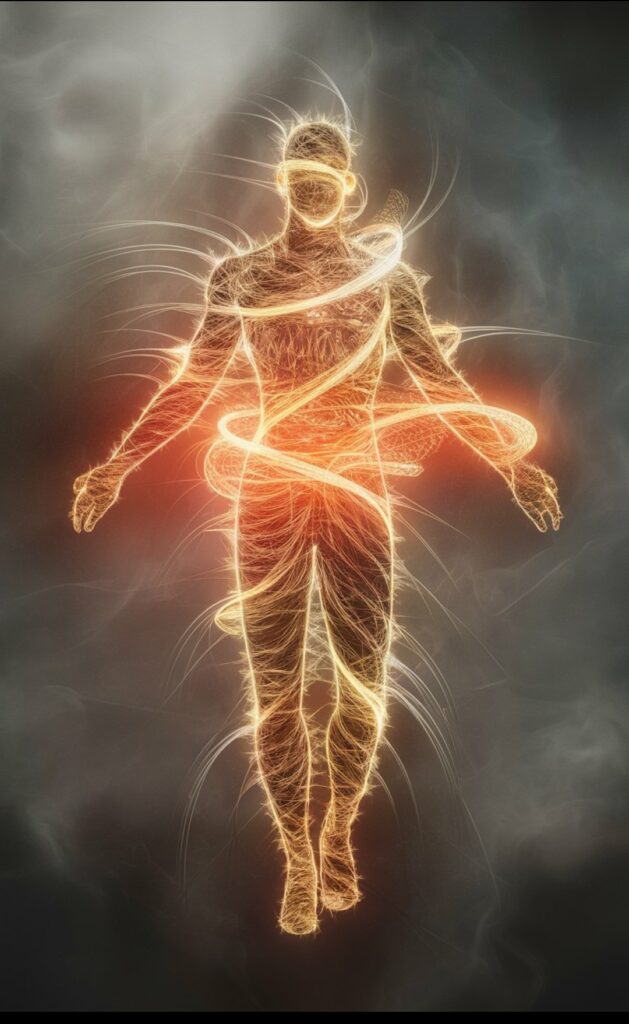

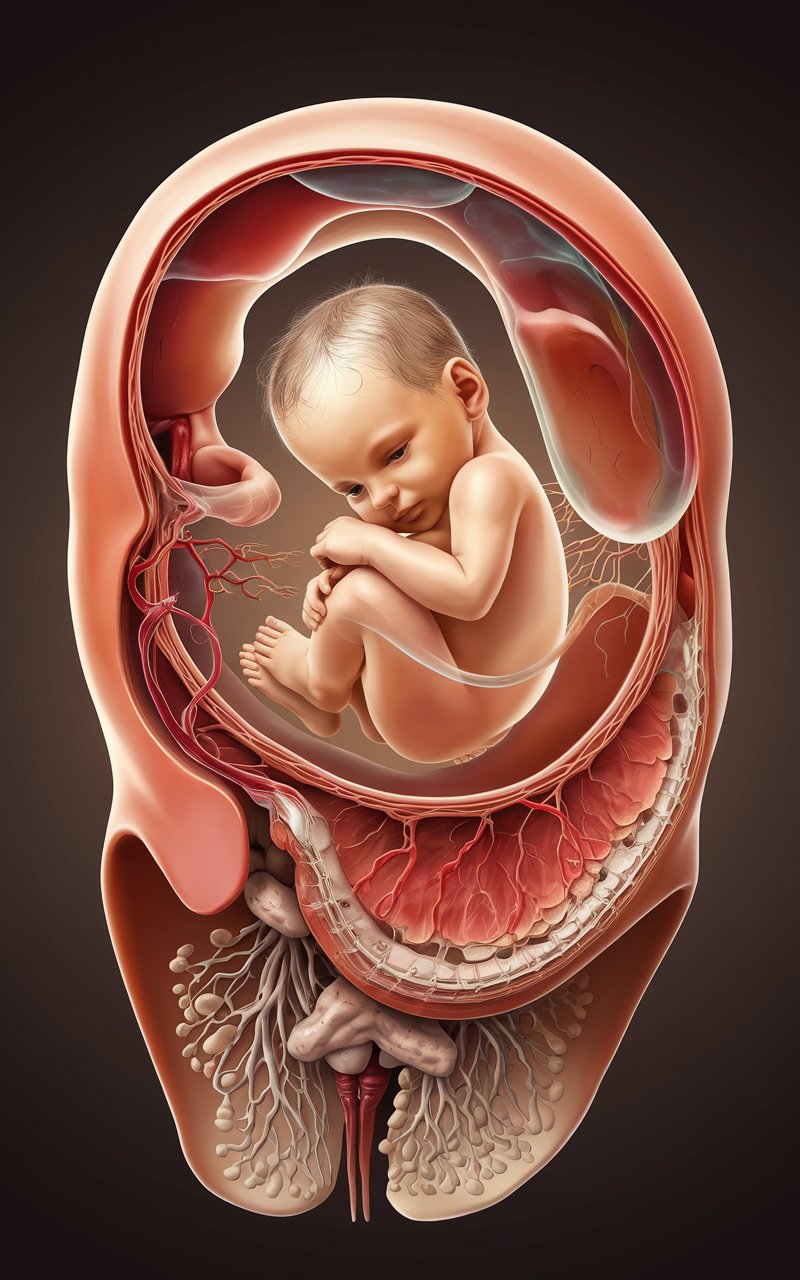


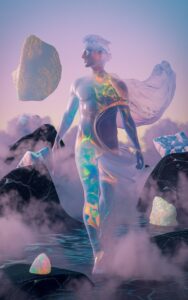
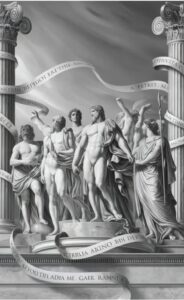
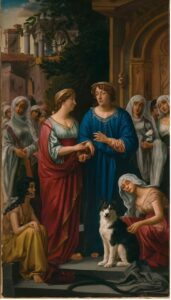

Post Comment